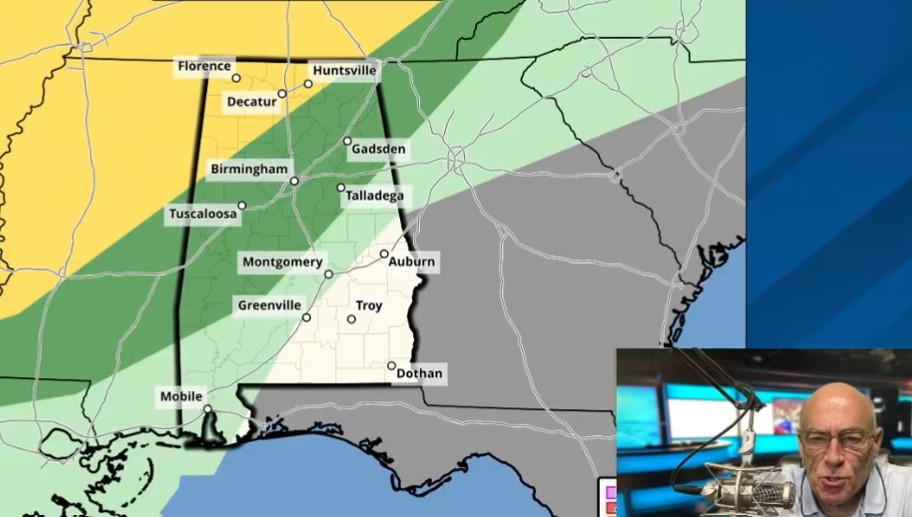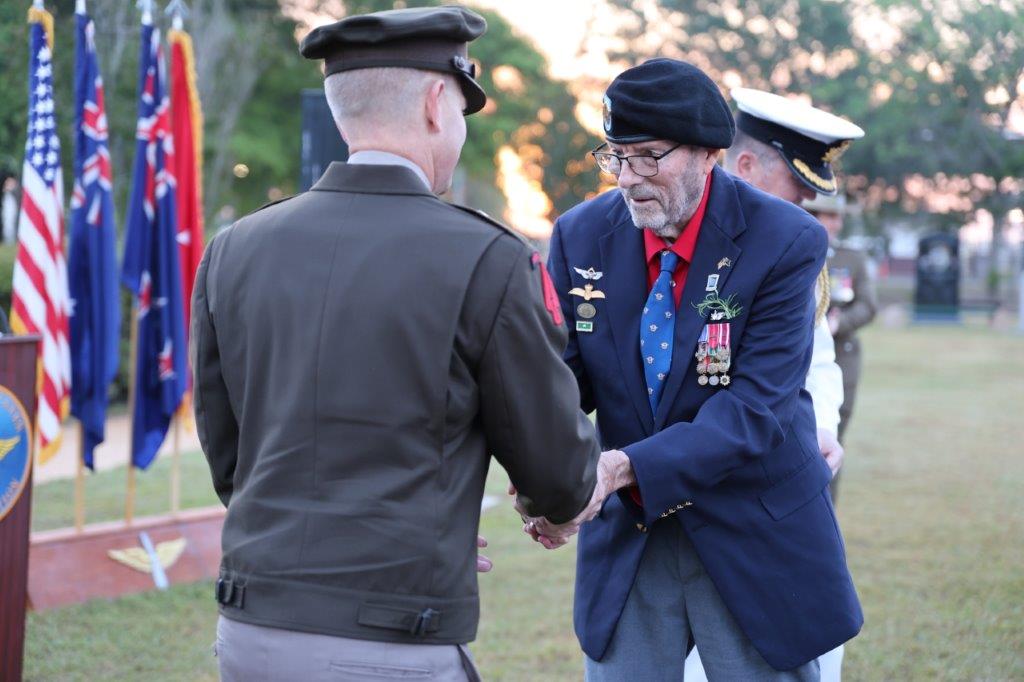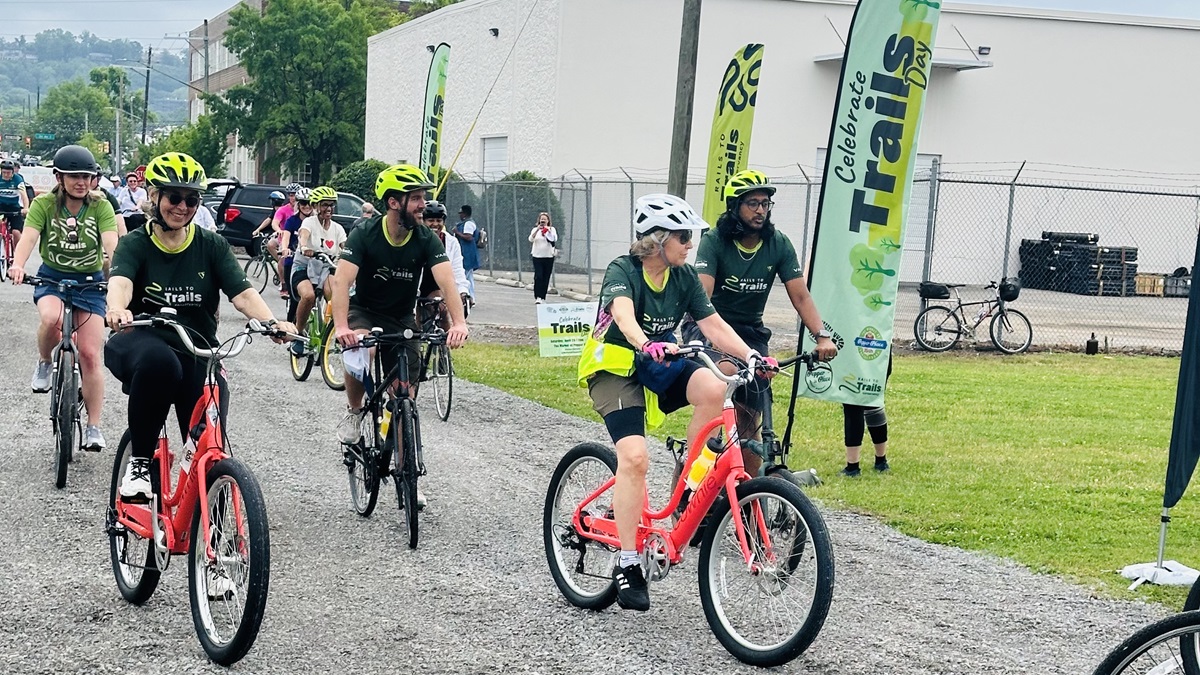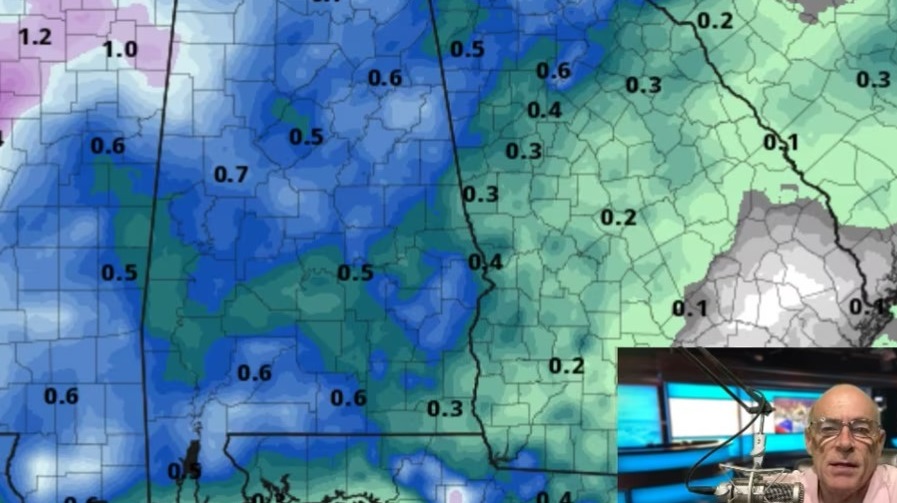Alabama Gulf Coast Zoo has come a long way since Hurricane Ivan evacuation, destruction
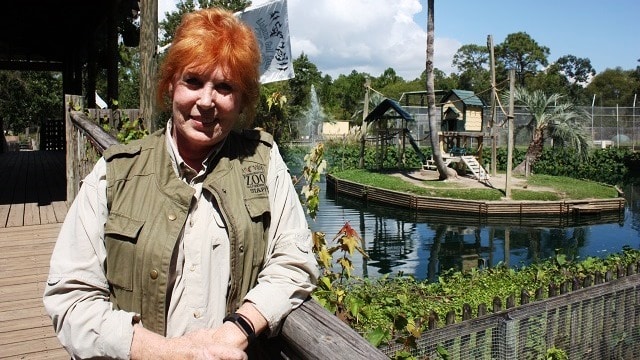
The plucky determination of Patti Hall and her staff in the face of natural disaster won the Alabama Gulf Coast Zoo its reputation as "The Little Zoo That Could." (Robert DeWitt / Alabama NewsCenter)
When hurricane season begins, Gulf Coast residents always keep a wary eye on the weather. But none more than Patti Hall.
“For 20 years, from June 1 to November 1, I have a knot in my stomach that no medicine, neither over-the-counter nor therapeutic alcohol, will solve,” Hall said good-naturedly.
The director of the Alabama Gulf Coast Zoo in Gulf Shores has more than 500 lives to protect, and getting the zoo’s animals out of harm’s way is a herculean undertaking. The zoo’s staff stands ready to evacuate if necessary.
Friday morning, with Tropical Storm Nate tracking for a Gulf Coast landfall, Hall and her staff prepared to ride out the storm with the zoo animals.
“We don’t evacuate for tropical storms and Category 1 hurricanes,” Hall said. “The zookeeping staff and the maintenance staff will be on watch 24 hours a day.”
The zoo began preparing for the storm two days ago. The staff had stockpiled extra batteries, food and water when Hurricane Irma was lurking below Florida. Maintenance workers trimmed tree limbs that looked like they could pose a threat to fences.
Dangerous animals will be locked in concrete shelters where they can’t escape and zoo staff will keep a constant watch on fences that could be breached by falling trees.
“Right now, we’re prepared,” Hall said.
Gulf Coast Zoo plans for a bigger future on higher ground from Alabama NewsCenter on Vimeo.
Have lions, will travel
The permanent solution to hurricanes is moving to property that’s been donated to the zoo a few miles north on Alabama Highway 59 at Baldwin County Road 6, Hall said.
She hopes the zoo can move before there’s a repeat of the incident that made “The Little Zoo that Could” world famous.
In September 2004, Hall saw Hurricane Ivan drawing a bead on Gulf Shores and knew what she had to do. She and the rest of the staff of the Alabama Gulf Coast Zoo packed up 292 animals and headed to her inland home situated on 10 acres in Elberta.
“We didn’t know it at the time, but we are the only zoo in recorded American history to have ever executed a full-scale evacuation,” said Hall, the zoo’s director for the past 20 years.
Hall and the staff not only evacuated without injury “to man or beast,” they did it three times in 11 months. In July 2005, they evacuated for Hurricane Dennis, which ended up turning east and not hitting Gulf Shores. Five weeks later, they evacuated again for Hurricane Katrina.
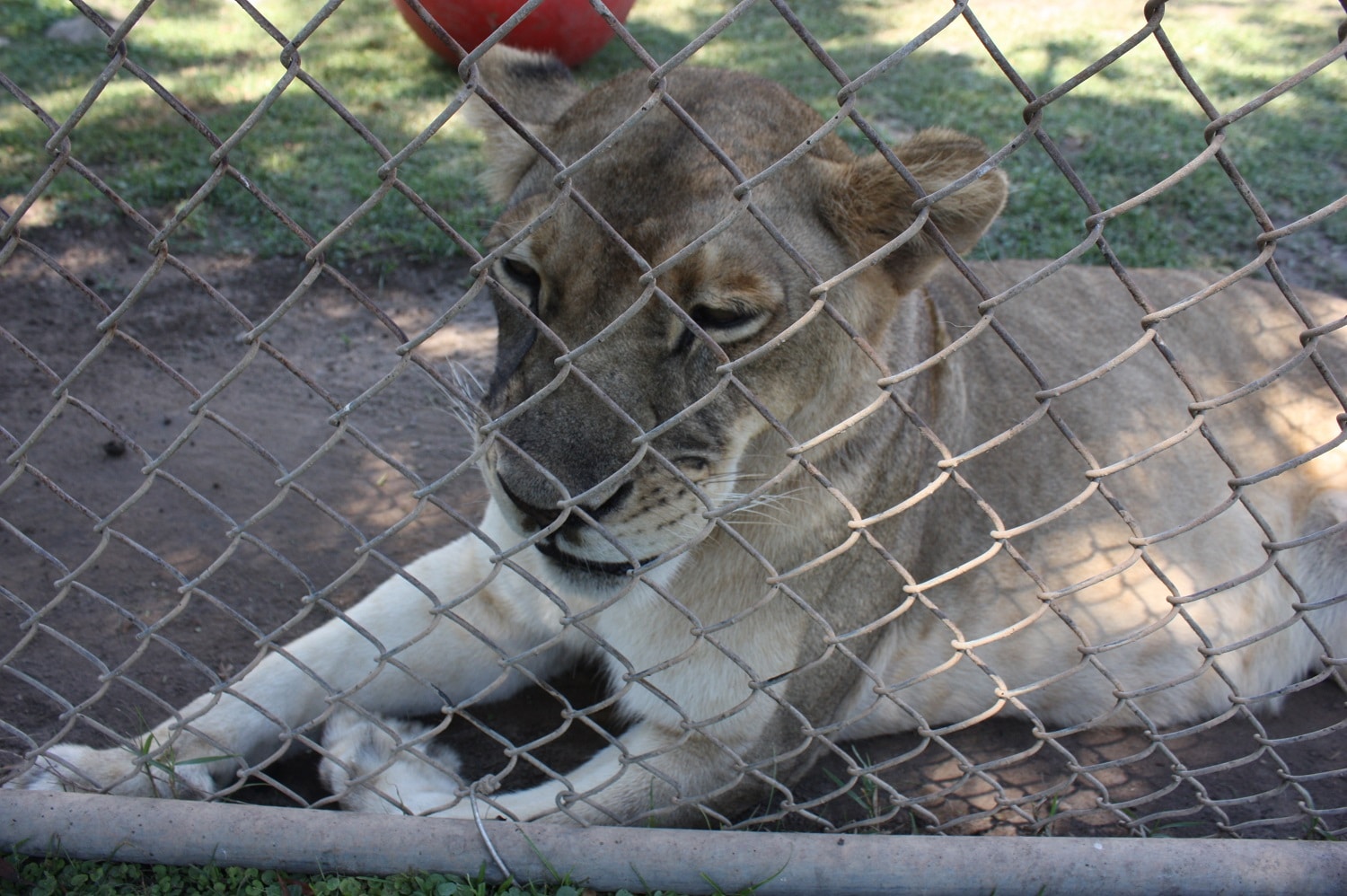
Moving a whole zoo full of rare and potentially dangerous animals is an unusual operation, but the Alabama Gulf Coast Zoo may have perfected it. (Robert DeWitt / Alabama NewsCenter)
The perks of fame
Gulf Shores was devastated by Ivan and the zoo did not escape damage, with 17-foot-deep water flooding the property. Some 300 trees at the zoo were felled by the storm, destroying fences, shelters and buildings. Much of the staff stayed at Hall’s house with their families and pets for five days without power. But they got the “Class A” animals, those classified as dangerous, back on the property in less than two weeks.
The zoo did not reopen for 13 months and some of the animals stayed on Hall’s Elberta property for three months after the Ivan evacuation. Its travails following Ivan drew news coverage. And that got the attention of filmmakers at Animal Planet, who got in touch with Hall and were delighted that she had the foresight to video the evacuation. They had 40 hours of evacuation footage to work with.
The Animal Planet documentary “The Little Zoo that Could” aired in February 2006. Local businessman Clyde Weir and his daughter, Andrea, saw the first episode of the 13-part series and were in Hall’s office the next day. They donated the 25-acre tract north of the Intracoastal Waterway where the zoo will be moved.
There will be no need to evacuate the zoo at its future location. The elevation is higher than the Gulf Shores airport and is one of the highest spots in south Baldwin County.
Weir wasn’t the only person who took notice after the documentary aired. More than $600,000 poured in from donors. The zoo received more than 8,000 letters, most containing money, from supporters. What could have been the zoo’s deathblow became the turning point to better days.
“Community support has grown exponentially, especially after 2004 and Hurricane Ivan,” Hall said. “After we finally got open and our series started, we literally had people coming from all over the world.”
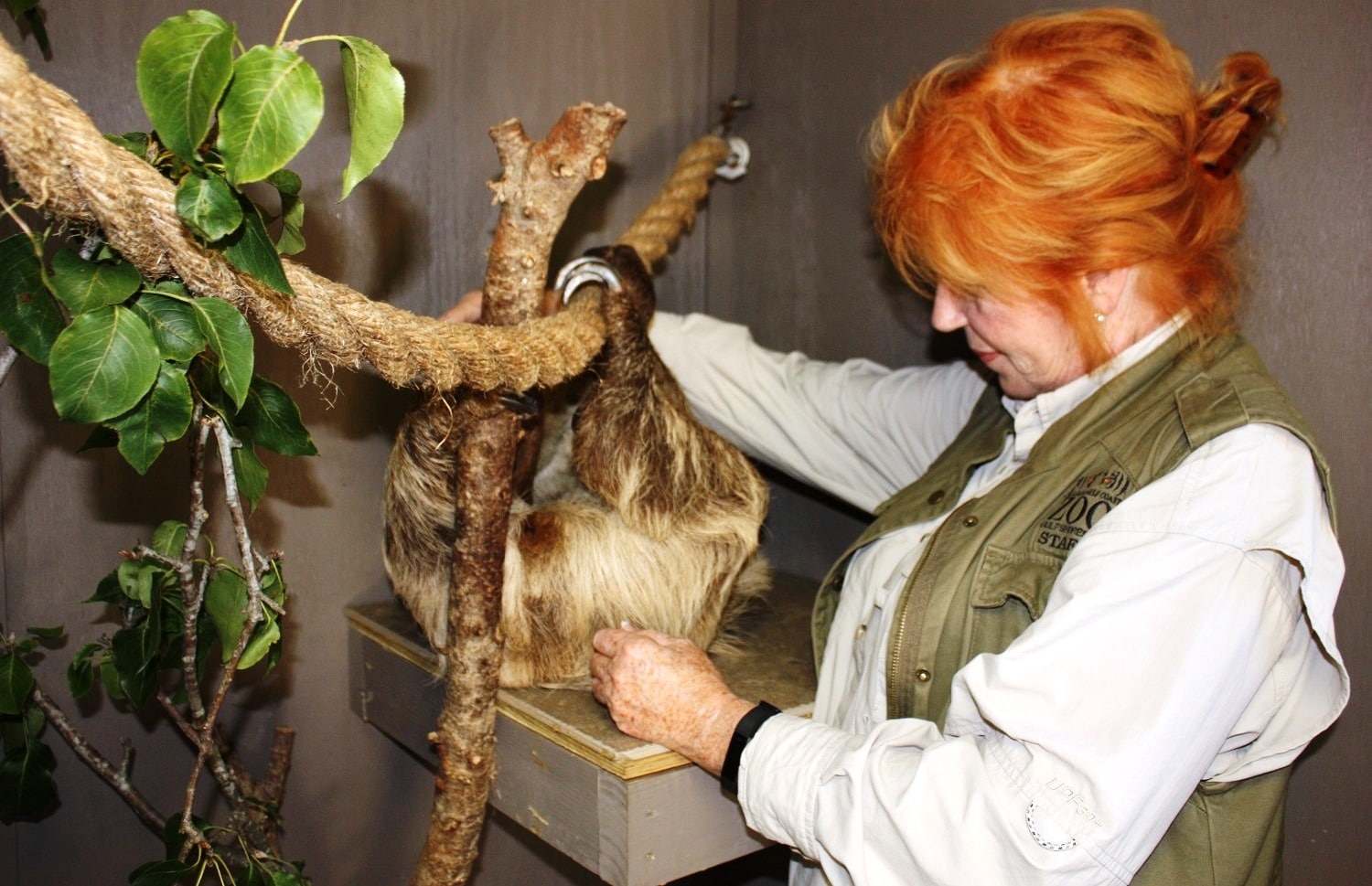
Alabama Gulf Coast Zoo has seen its popularity continue to grow since word spread of its refusal to be daunted by hurricanes. (Robert DeWitt / Alabama NewsCenter)
Dreaming of higher ground
The zoo started out in 1989 as a for-profit tourist attraction called Zooland Animal Park. It and a miniature golf course were lumped together as one business owned by the Ward family of Gulf Shores. After a couple of years, the Wards realized the difficulty of operating a zoo. They donated it — land, facilities and animals — to a nonprofit called The Zoo Foundation Inc.
Hall volunteered in 1995 after she and her late husband sold their interest in a publishing company and semi-retired to the Gulf Coast. As a girl, she had dreamed of being a veterinarian, but schools at the time didn’t accept female applicants. Now that she had the time, volunteering at a zoo seemed like the next best thing.
“I told them, ‘I have worked with two-legged animals and shoveled the proverbial,’” she said with a laugh. “’Now, I want to work with four-legged animals and shovel the literal.’”
Within two years, she was the zoo director. Like most small zoos, the Alabama Gulf Coast Zoo struggled for funding.
“I’ve always dreamed of going to higher ground, but keeping the zoo alive was about all I could put on my plate,” Hall said.
The fame it gained gave the zoo a big boost. The foundation put more than $4 million into work at the future site and built an evacuation facility should the need arise before relocation is complete.
But the recession that hit in 2008, followed two years later by the Deepwater Horizon oil spill, sapped money out of the community that could have helped with the relocation. Plans to move came to a halt.
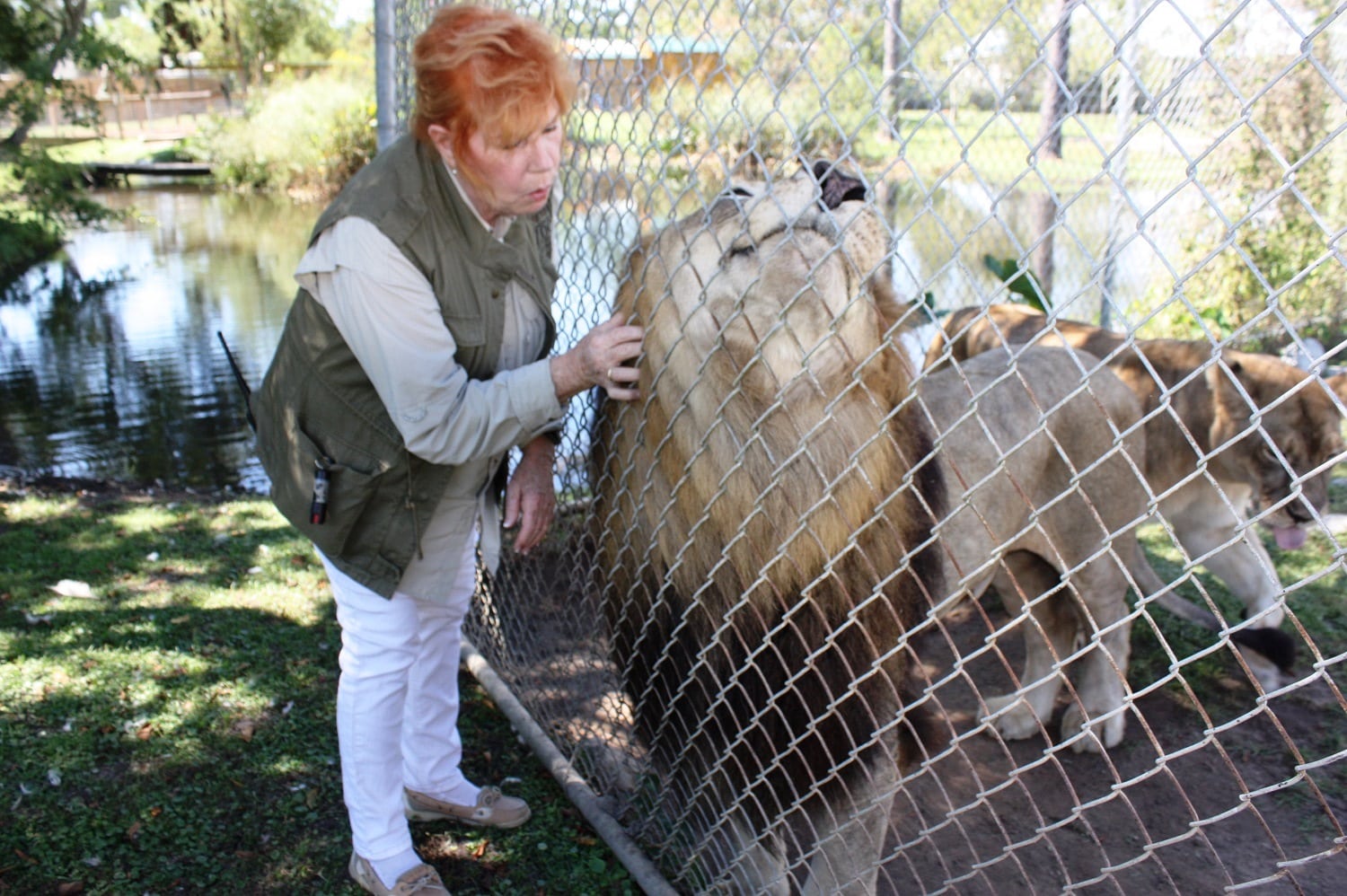
Patti Hall has always loved animals, and she found her calling at the helm of the Alabama Gulf Coast Zoo. (Robert DeWitt / Alabama NewsCenter)
Ready to roll
A decade later, the zoo’s popularity has made moving it essential.
“We get more visitors than we’ve ever gotten,” Hall said. “Our problem now is that we don’t have much parking. We’ve outgrown our facility here. There are days that we have to turn people away in the summer.”
The proposed new zoo is a $30 million project. The zoo can generate some revenue with the sale of the original property. But the bulk of the remaining $26 million must come from donations.
“It’s all about the money,” Hall said. “We have our architectural plans. We have everything ready to go.”
Hall said the zoo has hired a director of development and will soon roll out a new fundraising campaign. It is exploring options, including a nonprofit bond issue.
“We have got to get this place moved,” Hall said. “We’re going to really step on it.”
For anybody with doubts, Hall has a documentary they can watch. It’s called “The Little Zoo that Could.”
